The Derivative of sin^2x?Compute answers using Wolfram's breakthrough technology & knowledgebase, relied on by millions of students & professionals For math, science, nutrition, historyIf u = tan x 2then du = sec x dx and tan x sec 2 x dx = u du = 1 u2 c 2 = 1 tan2 x c 2 b) Compute tan x sec 2 x dx by substituting v = sec x If v = sec x then dv = sec x tan x dx and tan x sec 2 x dx = sec x(tan x sec x dx) = v dv = 1 v 2 C 2 = 1 sec 2 x C 2 c) Compare the two results At first glance you may 2think you made a mistake;

Proof That The Derivative Of Tan X Sec 2x Using The Quotient Rule Album On Imgur
Derivative of sec^2(x)tan(x)
Derivative of sec^2(x)tan(x)-First Method y = cot^1(secxtanx) dy/dx = 1/{1(secxtanx)^2} d/dx(secxtanx) dy/dx = 1/{1sec^2xtan^2x2secxtanx}(secxtanxsec^2x)\( \frac{d}{dx} {tanx} = \frac{d}{dx} \frac{sinx}{cosx}\) we know that \( tanx =\frac{sinx}{cosx



Integration Of Sec 2x Tanx Brainly In
Free derivative calculator differentiate functions with all the steps Type in any function derivative to get the solution, steps and graph This website uses cookies to ensure you get the best experienceRecently Added Derivatives The Derivative of e^6x;The same lower case letter denotes an edge of the triangle and its length
Stack Exchange network consists of 176 Q&A communities including Stack Overflow, the largest, most trusted online community for developers to learn, share their knowledge, and build their careers Visit Stack ExchangeChain Rule To find the derivative of this function, first rewrite it as {eq}f(x) = (\sec x)^2 (\tan x)^2 {/eq} We will use the chain rule on each term · Find the equation when the line parallel to the line 5x4y =9 and making an intercept 5 on the x axis 25 cmm 25 cm8 250 m = 250k10 6000 cm = бg_m50 mg =و العكدजनve these word problemsit's height is 1 cm and Bhim's height is 107 cm
· Ie for the second derivative of sec^2x d/dx 2 sec^2x (tan x) Use the product rule This should be easy because now you know the derivative of, and you should know the derivativeThe derivative of tan(x) tan (x) with respect to x x is sec2(x) sec 2 (x) f '(x) = sec2(x) f ′ (x) = sec 2 (x) Find the second derivative Tap for more steps · The Second Derivative Of tan^2x To calculate the second derivative of a function, differentiate the first derivative From above, we found that the first derivative of tan^2x = 2tan(x)sec 2 (x) So to find the second derivative of tan^2x, we need to differentiate 2tan(x)sec 2 (x) We can use the product and chain rules, and then simplify to find the derivative of 2tan(x)sec 2 (x



Integral Of Sec 2 X Sqrt 1 Tan 2 X Using The Arcsine Function Youtube



Find The Derivative Of Frac X Tan X Sec 2
· The derivative of the function secant squared of x is d/dx(sec^2(x)) = 2sec^2(x)tan(x) This derivative is obtained by applying the chain rule of differentiation and simplifying the result Sec^2(x) is a composite function that can be rewritten as (sec(x))^2 · By realising that tan^2(x)=sec^2(x) 1, the integration of these two terms evaluates to tan(x) x What is the integral of x 1?`tan(x) = sin(x)/cos(x)` To find the derivative of a fraction, apply the quotient rule `(f/g)' = (f'g fg')/g^2` Here, f would be sin(x) and g would be cos(x) The derivatives of sine and cosine



Derivative Quiz Ebook



How Do You Find The Derivative Of Y Tanx Cotx Socratic
· Example 17 Compute the derivative tan x Let f(x) = tan x We need to find f' (x) We know that f'(x) = lim┬(ℎ→0) f〖(𝑥 ℎ) − f (x)〗/ℎ Here, f(x) = tan x f(x ℎ) = tan (x ℎ) Putting values f' (x) = lim┬(ℎ→0) tan〖(𝑥 ℎ) −tan𝑥 〗/ℎ = lim┬(ℎ→0) 1/ℎ ( tan (xFree math problem solver answers your algebra, geometry, trigonometry, calculus, and statistics homework questions with stepbystep explanations, just like a math tutorDerivative of \(tanx = sec^2x \) What Is The Derivative Of tan(x)?



Ap Calculus Proof That Derivative Of Tanx Is Sec 2 X Free Response Tan X Differentiate Youtube


How To Calculate The Derivative Of Sec 2 X Quora
· Stack Exchange network consists of 176 Q&A communities including Stack Overflow, the largest, most trusted online community for developers to learn, share their knowledge, and build their careers Visit Stack Exchange · Therefore, it is natural for $\sec^2(x)$ to be the derivative of $\tan(x)$ The same technique will work for $\sin(x), \cos(x)$, and many others If you are uncomfortable with the algebra then it is best draw a function and its derivative on graph paperProof that the derivative of tan(x) is sec^2(x) using the limit definition of the derivative



The Derivative Of Sec 2x Derivativeit



Limit Trigonometric Function 2 Sec 2x 1 Tan X Youtube
The Derivative of sin^3(x) The Derivative of e^x^2; · Hi, can anyone help me with the third and forth derivatives of y=tan x I get f(x)=tan x f '(x)=sec^2 x f ''(x)=2Sin x sec^3 x but am struglingThe derivative of tan x is sec 2 x However, there may be more to finding derivatives of tangent In the general case, tan x is the tangent of a function of x



Misc 29 Find Derivative X Sec X X Tan X Miscellaneous


What Is The Differentiation Of Sec Inverse Tan 2x Quora
About Press Copyright Contact us Creators Advertise Developers Terms Privacy Policy & Safety How works Test new features Press Copyright Contact us CreatorsFree antiderivative calculator solve integrals with all the steps Type in any integral to get the solution, steps and graph//googl/JQ8NysThe Derivative of h(x) = 2*sec^2(x)*tan(x) Product Rule Example



Derivative Of Tan 2x Sec 2x



Derivative Rules For Trigonometric Functions
For more cool math videos visit my site at mathgotservedcom or http//youtubecom/mathsgotservedIt is not true that tan x = sec2 x However, · f (g (x)) = sec (2x) ⇒ f' (g (x)) = sec (2x)tan (2x) = 2sec (2x)tan (2x) Using the chain
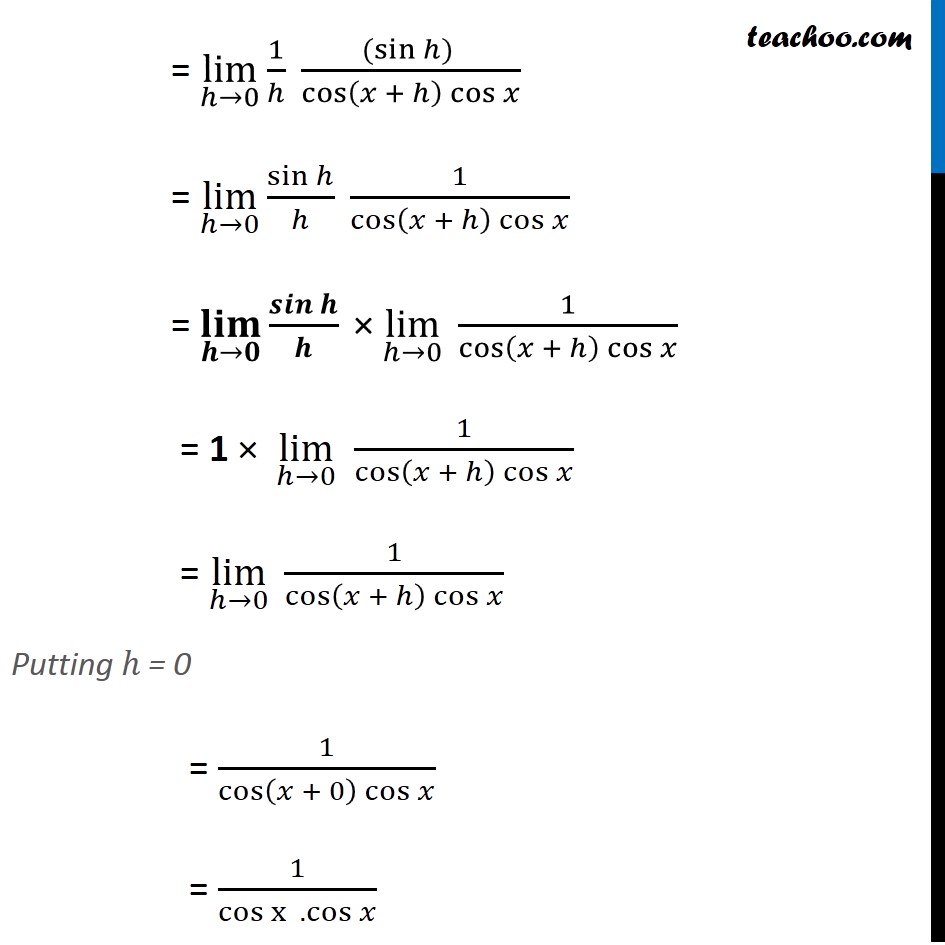


Prove That Derivative Of Tan X Is Sec 2 X By First Principle



Derivative Of Tan 2x Sec 2x
· And that's it, we are done! · $$\frac{(1\tan x)(\sec^2x)(\tan x)(\sec^2x)}{(1\tan x)^2}$$ I understand this first step but I struggle with simplifying to end up with only $$\sec^2x$$ in the numerator calculus derivativesThe Derivative of cos^2x;



Solved 7 10 Pts Let F X E Sec X A Find The Second D Chegg Com



Leslie Ruo S Blog Rusty Calculus
Derivative of a Function The derivative of a function f(x) is denoted as f ' (x), and f ' (a) is equivalent to the slope of the tangent line to f(x) at x = a This can also be described as the · We know that, (1) d dx (secx) = secxtanx (2) d dx (tanx) = sec2x Here, y = sec2x tan2x Diffwrt x , using Chain Rule dy dx = 2secx d dx (secx) 2tanx d dx (tanx) ∴ dy dx = 2secx ⋅ secxtanx 2tanx ⋅ sec2x · Sin(θ), Tan(θ), and 1 are the heights to the line starting from the xaxis, while Cos(θ), 1, and Cot(θ) are lengths along the xaxis starting from the origin In this section, the same uppercase letter denotes a vertex of a triangle and the measure of the corresponding angle;



Derivative Of Tan X Sec X Tan X More



Integral Tan 2 X Sec X Youtube
It depends on the derivative of the variable you are taking with respect to the variable · $\begingroup$ If you know what's chain rule, and some simple formulas like derivative of $x^n$ and $secx$, then you can apply chain rule of differentiation to arrive at the answer $$\frac{d}{dx}(sec^2x)= \frac{d}{d(secx)}(sec^2x)*\frac{(secx)}{dx} = 2secx*(secx*tanx) = 2tanx*sec^2x$$ $\endgroup$ – Nandeesh Bhatrai Feb 13 at 1715 · How to Take the Derivative of Tan x You can take the derivative of tan x using the quotient rule That's because of a basic trig identity, which is a quotient of the sine function and cosine function tan (x) = sin (x) / cos (x)



Find Dy Dx If Y Sec X Tanx Secx Tanx Maths Statistics Meritnation Com



What Is The Derivative Of Sec 2 Tan 1 X With Respect
· If the derivative of a is b, then the integral of b is a C, where C is a constant This tells us that to check our work, we can take the integral of 2sec 2 x tan x, and we should get sec 2 x · From above, we found that the first derivative of sec^2x = 2sec 2 (x)tan(x) So to find the second derivative of sec^2x, we need to differentiate 2sec 2 (x)tan(x) We can use the product and chain rules, and then simplify to find the derivative of 2sec 2In this video "Derivative or differentiation differentiating of Tan(x) from First Principles Proof" we will prove that the derivative of Tan(x) is Sec^(x) by



Brandi S Buzzar Blog Proof Derivative Tan X Sec 2 X
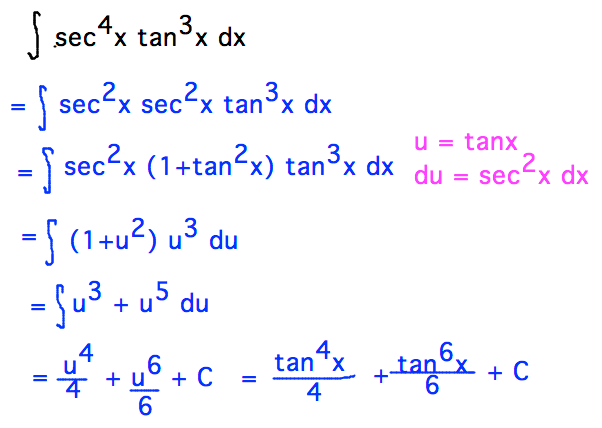


Geneseo Math 222 01 Trigonometric Integration
Find the Derivative d/dx y=2sec(x)tan(x) Since is constant with respect to , the derivative of with respect to is Differentiate using the Product Rule which states that is where and The derivative of with respect to is Multiply by by adding the exponentsPlease Subscribe here, thank you!!! · (tan x)' = sec^2 x Let f(x) = tanx We know that tanx = sinx/ cosx ==> f(x) = sinx/ cosx Now to differenctiate f(x) we will use the chain rule f(x) = u/v such that u= sinx ==> u' = cosx


What Is The Second Derivative Of Tanx Secx Quora



Derivative Of Tan X Sec X Tan X More
· The derivative of sec2 (x) is 2sec2 (x) tan (x) The chain rule states that the derivative of f (g (x)) is equal to f ' (g (x)) ⋅ g ' (x) What is the differentiation of theta?In doing this, the Derivative Calculator has to respect the order of operations A specialty in mathematical expressions is that the multiplication sign can be left out sometimes, for example we write "5x" instead of "5*x" The Derivative Calculator has to detect these cases and insert the multiplication signThe Derivative of csc(3x) The Derivative of tan(3x) The Derivative of ln^3(x) The Derivative of cot2x
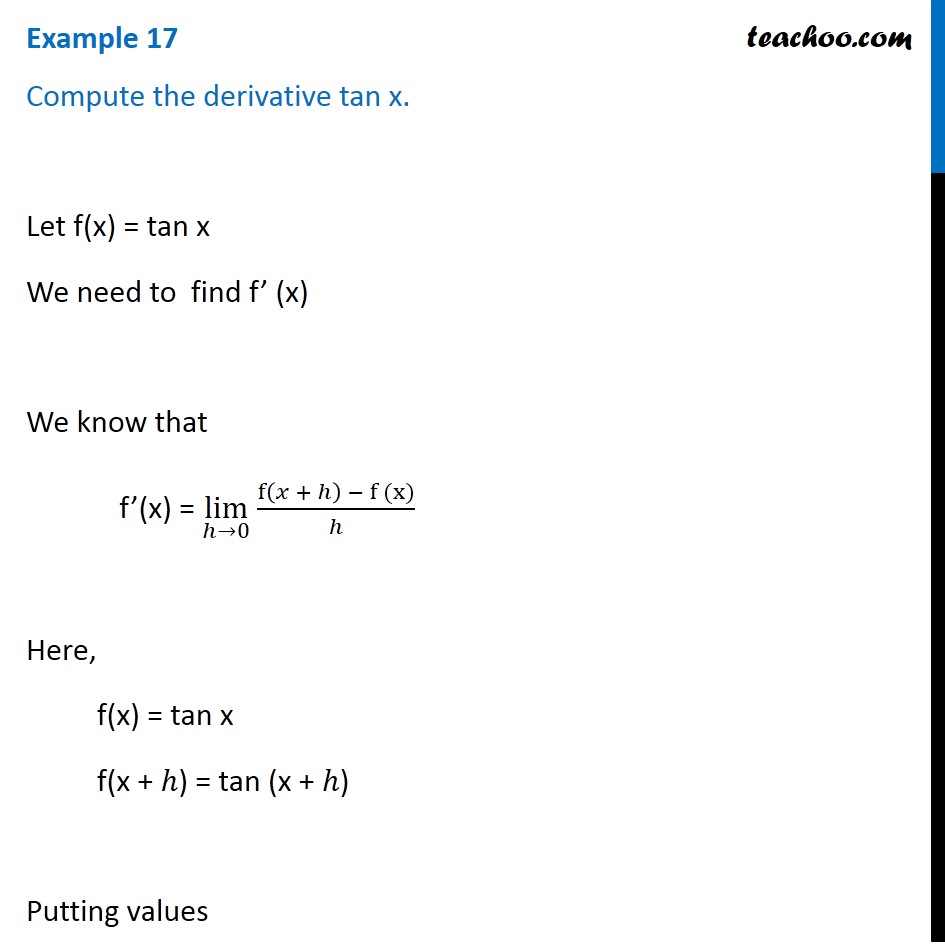


Prove That Derivative Of Tan X Is Sec 2 X By First Principle



Solved Find The Derivative 23 Y Tanx 2 3 Aj Dy 2 3 Sec Chegg Com
The Derivative of sec^2x;A math\dfrac{d}{dx}\sec x\tan x/math math=\sec x\dfrac{d}{dx}\tan x\tan x\dfrac{d}{dx}\sec x/math math=\sec^3 x\sec x\tan^2 x/math math=\sec x(\secY = csmathc^{1}/mathx if and only if x = csc y d/dx(x) = d/dx(csc y) 1 = cot y csc y * dy/dx dy/dx = 1/cot y csc y * mathsin^2/mathu mathcos^2/mathu


Evaluate Tan X Sec 2 X 1 Tan 2 X Dx Sarthaks Econnect Largest Online Education Community


Is This Correct Because My Book Says The Answer Is Tan 2x Sec 2x Secx Calculus
· To find the second derivative, we will have to use the product rule f ''(x) = 2tanx d dx (sec2x) 2sec2x d dx (tanx) Note that we already know that d dx (sec2x) = 2sec2xtanx and that d dx (tanx) = sec2xFind the AntiDerivative sec(x)*tan(x) Write the polynomial as a function of The function can be found by finding the indefinite integral of the derivative Set up the integral to solve Since the derivative of is , the integral of is The answer is the antiderivative of the functionDerivative Calculator Derivative of 2*sec (x)^2*tan (x) by x = 4*sec (x)^2*tan (x)^22*sec (x)^4 Show a step by step solution Draw graph Edit expression Direct link to this page Value at x= Derivative Calculator computes derivatives of a function with respect to given variable using analytical differentiation and displays a stepbystep solution



How To Calculate The Derivative Of Sec 2 X Quora



Derivative Of Tan X Sec X Tan X More
· The derivative of tangent x, sec x & tan x The derivative of a function of a real variable measures the sensitivity to change of the function value (output value) with respect to some change in its debate (input value) Derivatives are a basic tool of calculus For instance, the derivative of the position of a moving object with respect to time is that the object's velocityIntegration goes the other way the integral (or antiderivative) of 1 / x should be a function whose derivative is 1 / xProve that the derivative of tan (x) is sec^2 (x) Let y = tan (x) Recall the definition of tan (x) as sin (x)/cos (x) Therefore y = sin (x)/cos (x) Use the quotient rule, which states that for y = f (x)/g (x), dy/dx = (f' (x)g (x) f (x)g' (x))/g 2 (x) with f (x) = sin (x) and g (x) = cos (x)
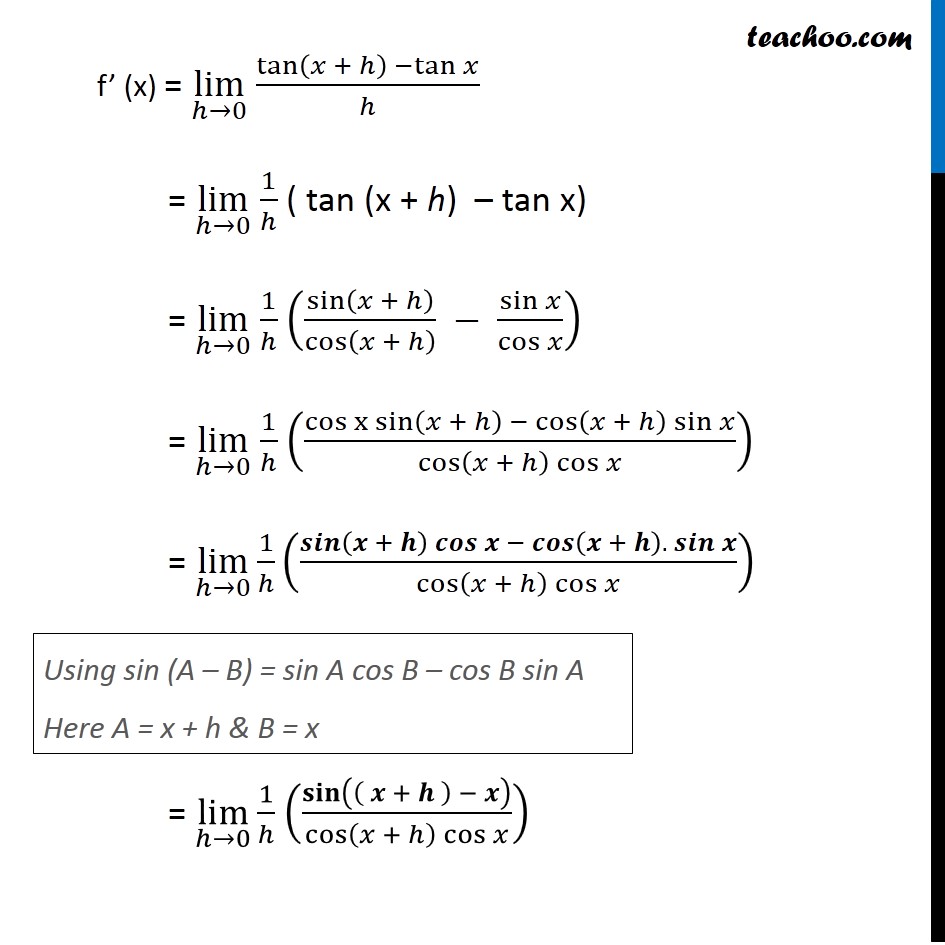


Prove That Derivative Of Tan X Is Sec 2 X By First Principle



The Integral Int Sec 2x Secx Tanx 9 2 Dx Equals For Some


How To Prove That The Derivative Of Tan X Is Sec 2 X Quora
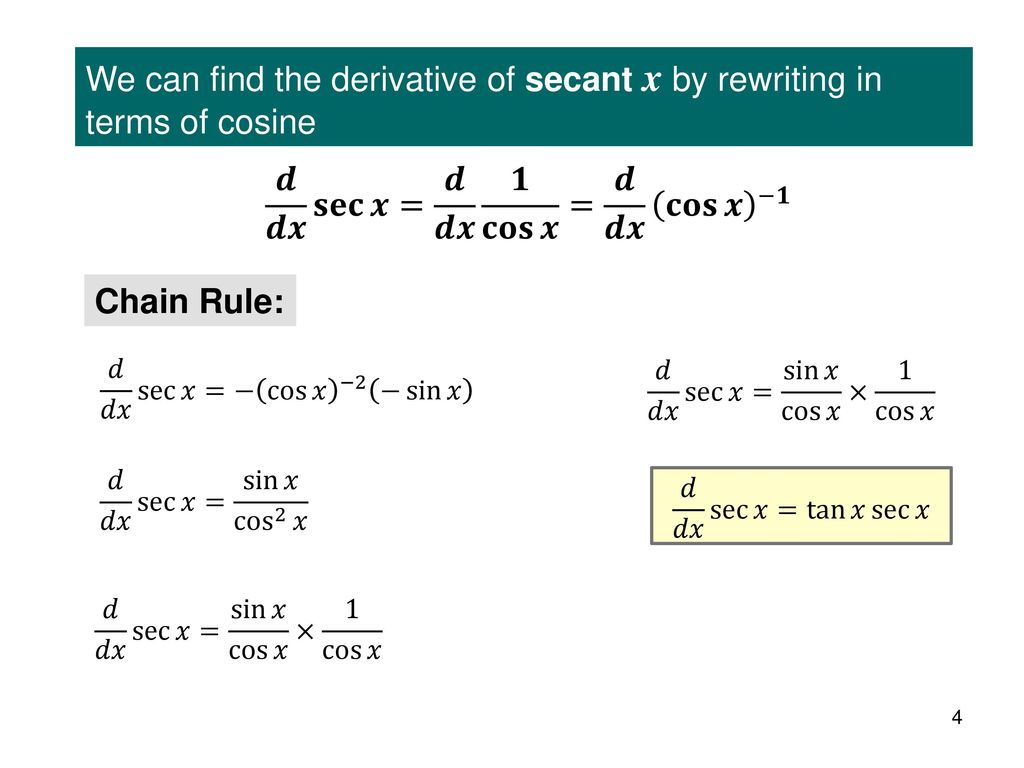


Derivatives Of Trigonometric Functions Ppt Download



Finding The Derivative Of Sec 2 X Video Lesson Transcript Study Com



Derivative Of Tan X Proof In Easy Steps Calculus How To



The Derivative Of Sec 2 X With Respect To Tan 2 X Is



Y Log Squareroot Of 1 Tanx 1 Tanx Then Prove That Dy Dx Sec2x Mathematics Topperlearning Com Vben5mcc



Integration Of Sec 2x Tanx Brainly In


Bestmaths Online Proof 4



How To Take The Derivative Of Tan X Video Lesson Transcript Study Com



Finding The Derivative Of Sec 2 X Video Lesson Transcript Study Com
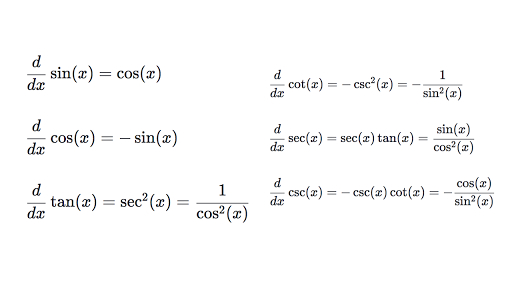


Differentiating Trigonometric Functions Review Article Khan Academy



The Derivative Of Sec 2x Derivativeit



Find The Derivative Of Y Sec Tan X Brainly In


Derivative Of Tan X Wyzant Lessons
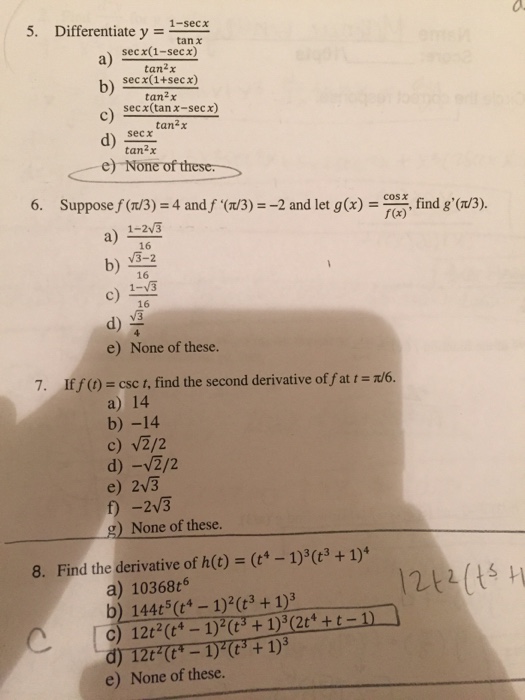


Solved Differentiate Y 1 Sec X Tan X Sec X 1 Sec X Ta Chegg Com


Evaluate Sec 2 X Tan 3 X 4 Tan X Dx Sarthaks Econnect Largest Online Education Community
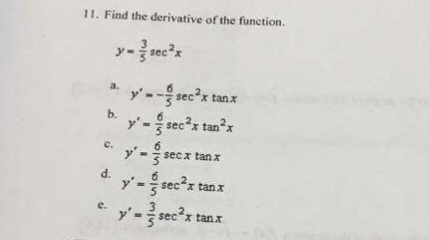


Solved Find The Derivative Of The Function Y 3 5 Sec 2 Chegg Com
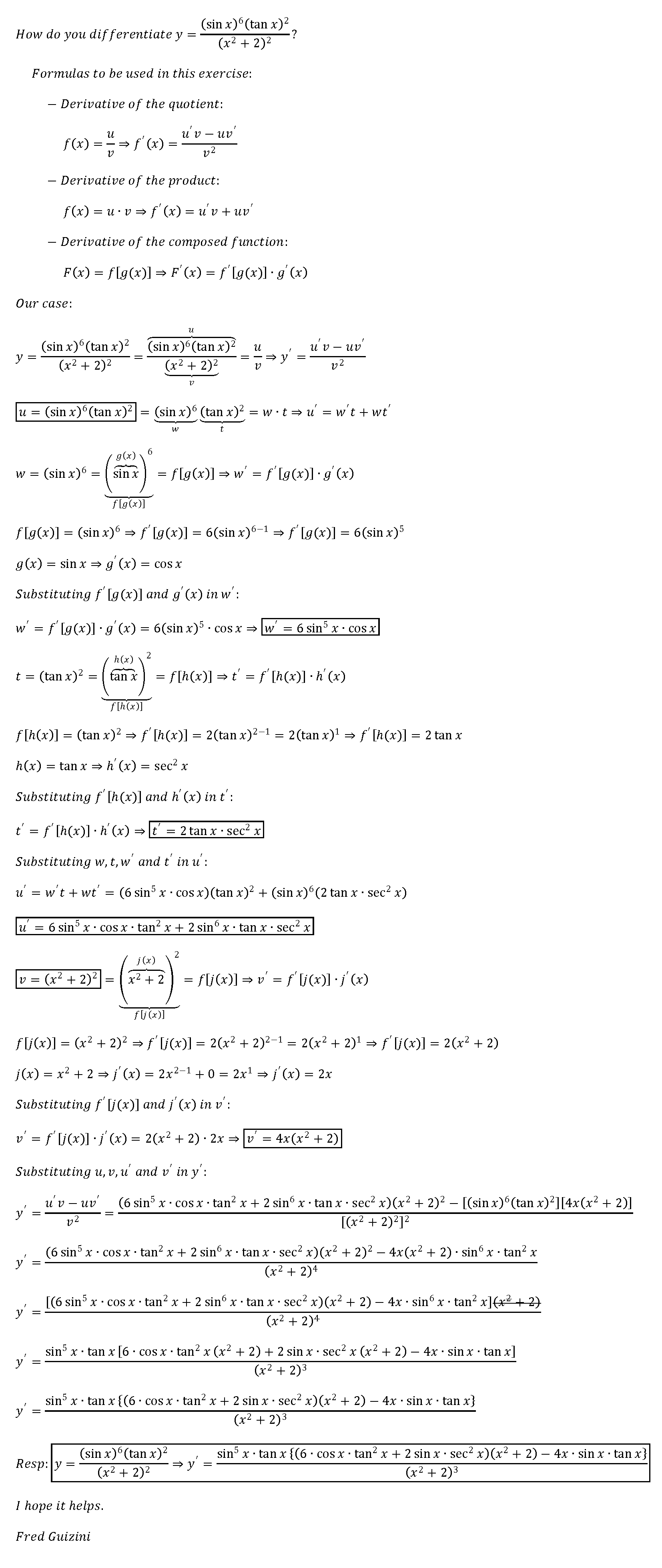


How Do You Differentiate Y Sin X 6 Tan X 2 X 2 2 2 Socratic



Derivative Of Tan X Old Video Khan Academy



Tan 2x 1 Sec 2x Tan X



Ex 9 4 4 Find General Solution Sec2 X Tan Y Dx Sec2y



The Derivative Of Tan X Is Sec 2 X Why Mathematics Stack Exchange
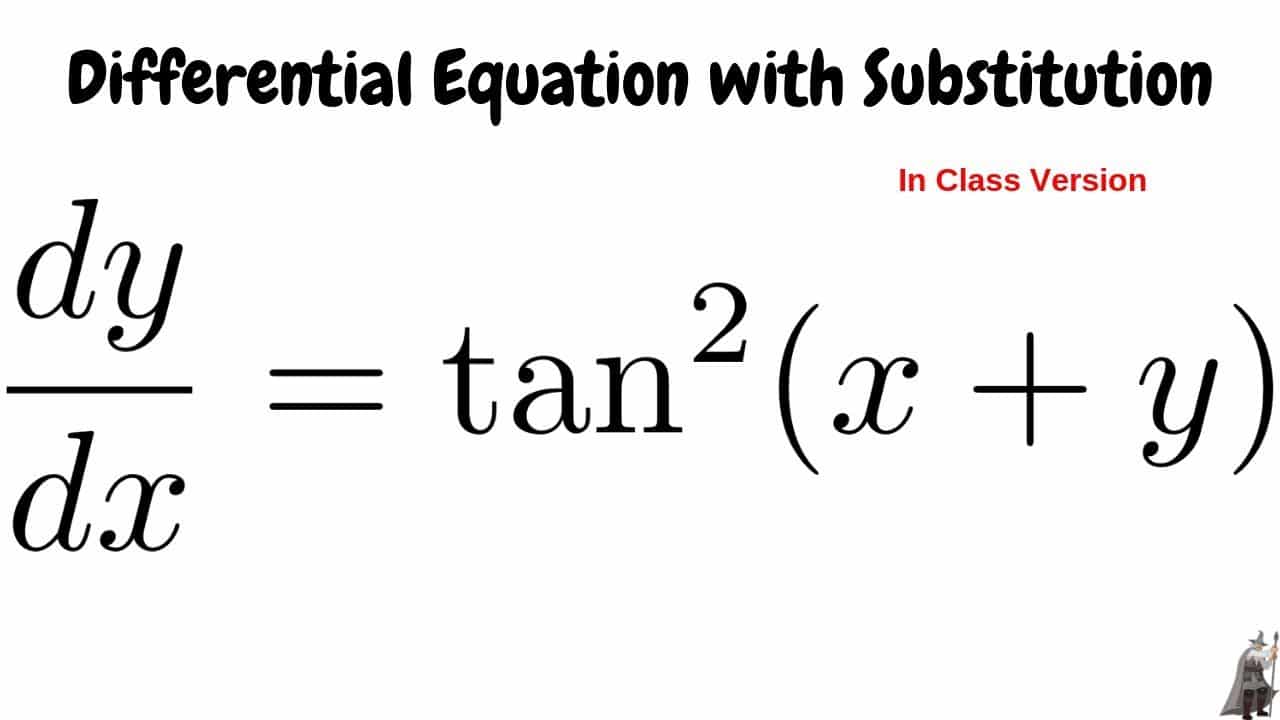


Derivative Of Tangent X Sec X Tan X Longer Free Tutorial Get Education Bee



Derivatives Of Tan X And Cot X Video Khan Academy
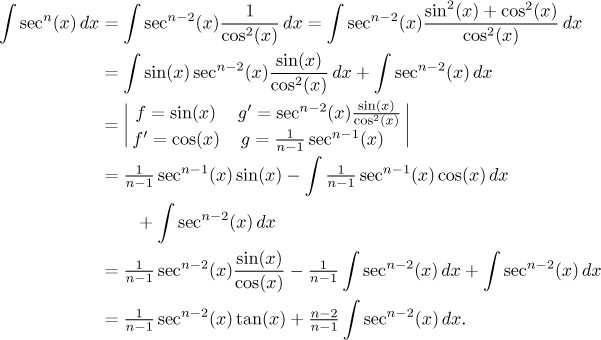


What Is The Derivative Of Sec 3 2x 3sec 2x Socratic



Y Sec 2 X Tan 2 X Find The Derivative Of The Function Youtube



Finding The Derivative Of Sec 2 X Video Lesson Transcript Study Com


What Is The Derivative Of Tan 1 Sec X Tan X Quora



Derivatives Of Trig Functions
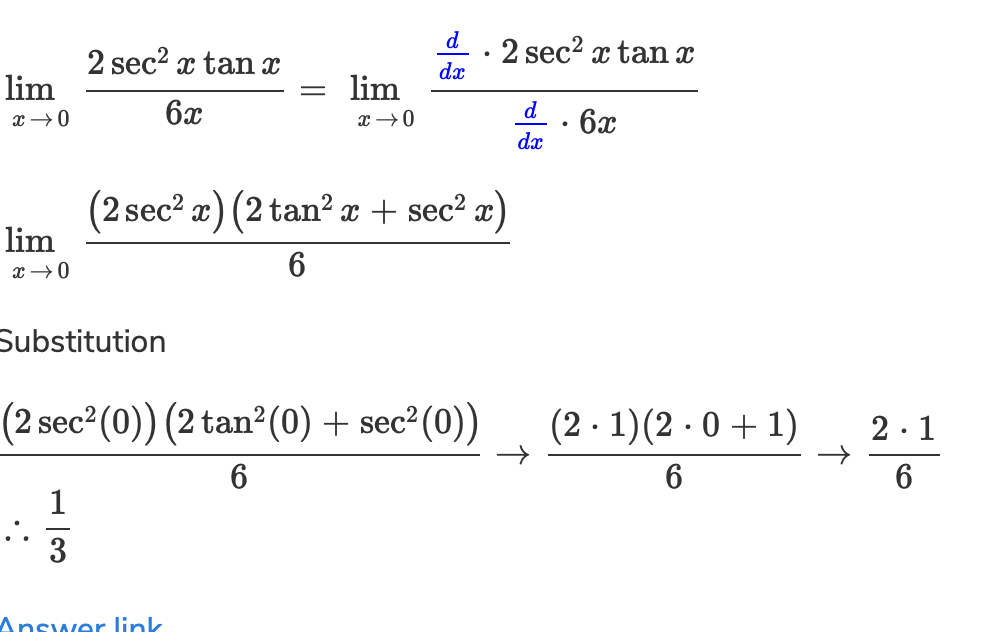


Solved I Just Need An Explanation Of How He Found The Der Chegg Com
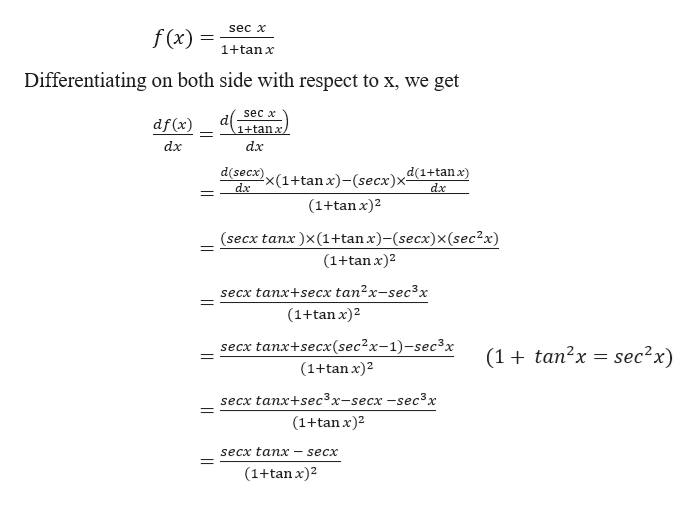


Answered Differentiate F X Sec X 1 Bartleby



Integral Of Secant Cubed Wikipedia



Derivative Of Tan X Old Video Khan Academy



The Derivative Of H X 2 Sec 2 X Tan X Product Rule Example Youtube



Proof Derivative Of Tanx Sec 2x Youtube
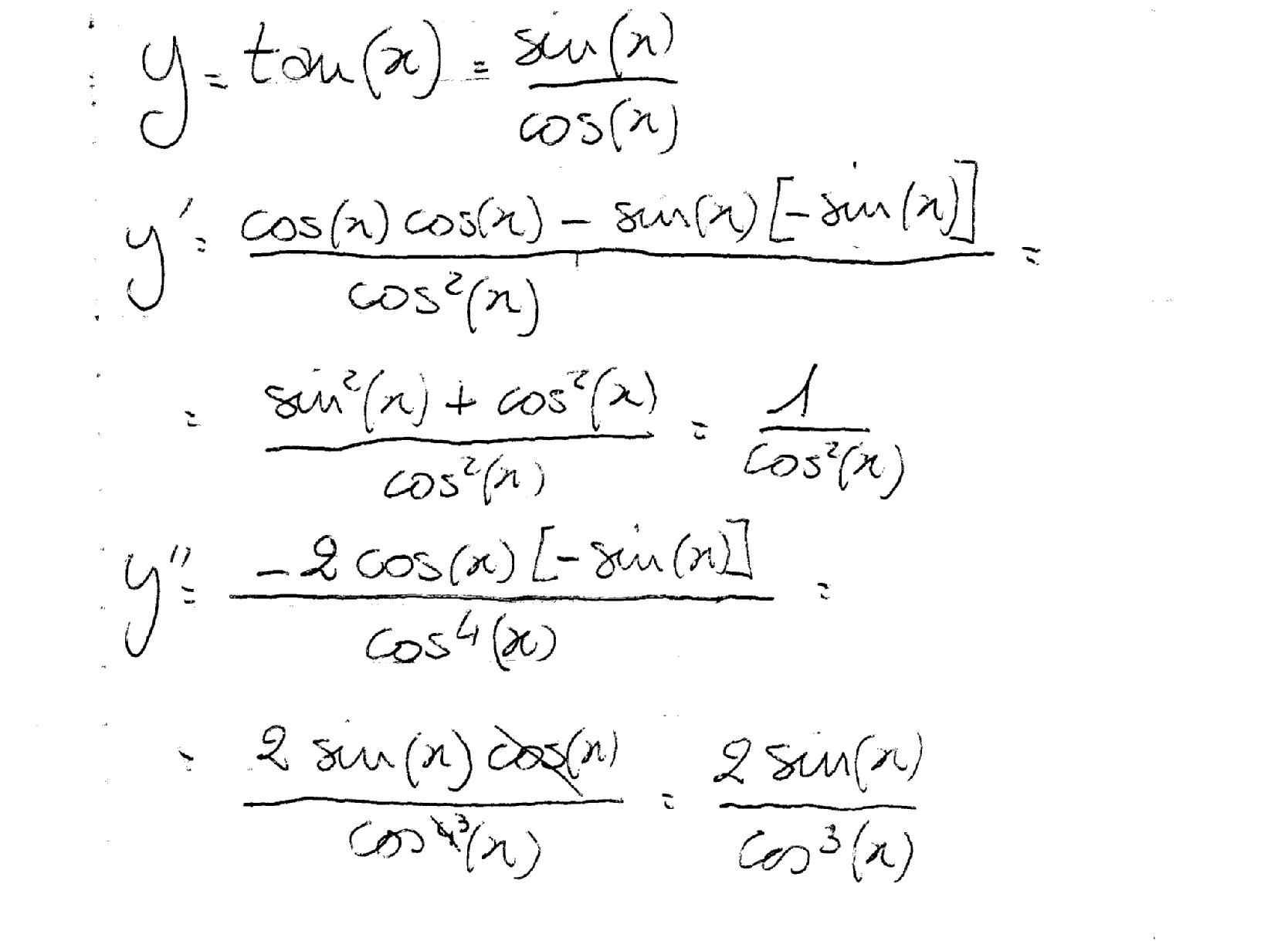


What Is The 2nd Derivative Of Y Tanx Socratic



Ex 7 6 24 Integrate E X Sec X 1 Tan X Dx Is A E X Cos X
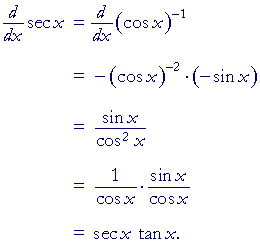


Derivative Of Sin X An Approach To Calculus



How To Take The Derivative Of Tan X Video Lesson Transcript Study Com


Derivatives Of Trigonometric Functions Web Formulas



The Integral Int Sec 2x Secx Tanx 9 2 Dx Equals To For Some



How Do You Calculate Derivative Of Sec 2 X The Student Room


How To Prove That The Derivative Of Tan X Is Sec 2 X Quora


C4 Help Integrate 2sec 2xtanx The Student Room


Derivatives Of Trigonometric Functions


Math Ebook Trigonometric Functions


Derivatives Of Inverse Trigonometric Functions



Sec2x 2 Tanx 1 Where Lim X Tends To Pi 4 Maths Limits And Derivatives Meritnation Com



If Y Sec X Tan X Show That Cos X D2y Dx2 Y2 Explain In Great Detail Mathematics Topperlearning Com Rufvucss



Derivatives Of Trigonometric Functions Ppt Download



Proof That The Derivative Of Tan X Sec 2x Using The Quotient Rule Album On Imgur



Integral Of Secant Cubed Wikipedia



Integral Of Tan X Sec 2 X Two Results Off By A Constant Youtube



Integral Of The Secant Function Wikipedia
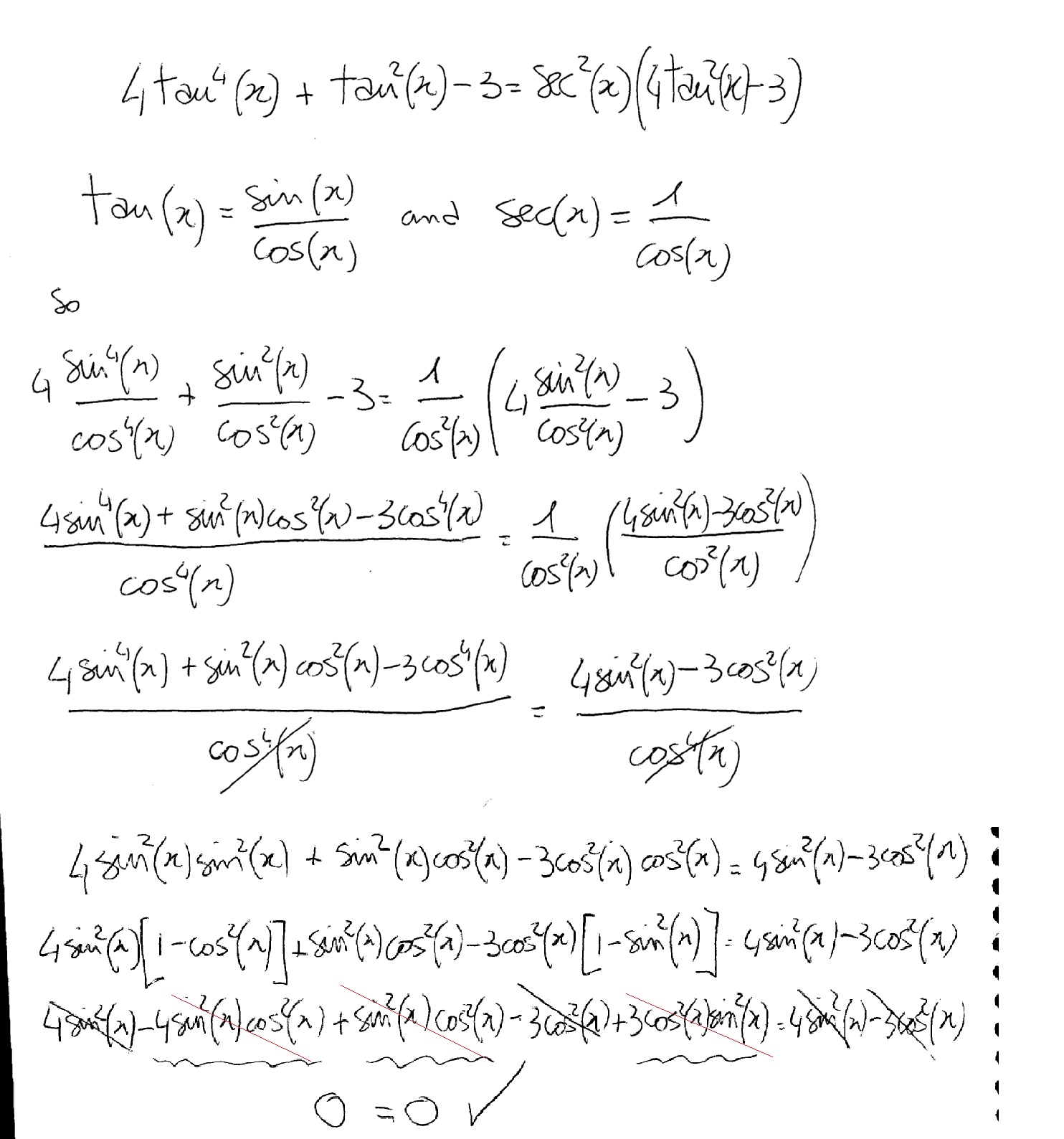


Tan2x ただの悪魔の画像



The Derivative Of Tan X Is Sec 2 X Why Mathematics Stack Exchange



The Derivative Of Tan X Is Sec 2 X Why Mathematics Stack Exchange
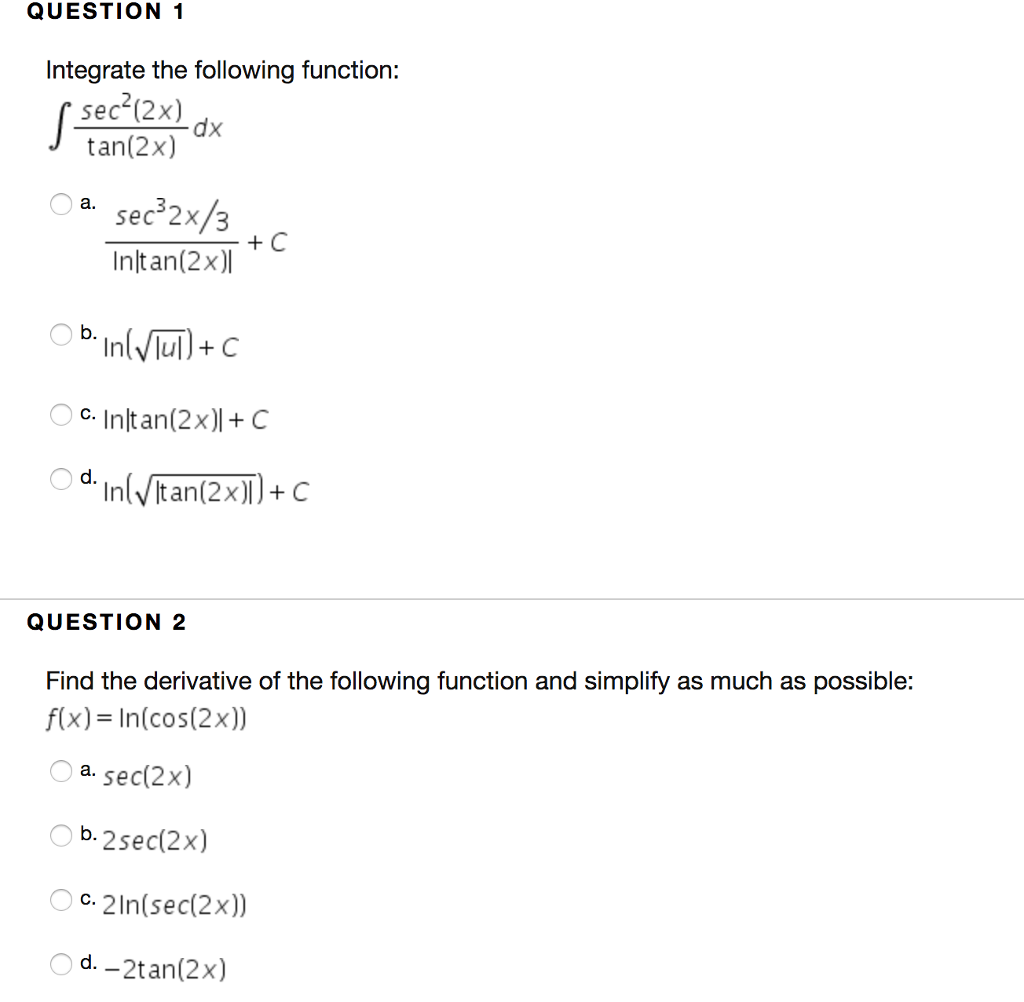


Solved Question 1 Integrate The Following Function Sec Chegg Com


Derivative Of Tan X


How To Prove D Dx Tanx Sec 2x Without Using Tanx Sinx Cosx And Instead Use Tan X H Tanx Tanh 1 Tanxtanh Quora



Inttanx Tan2x Tan3x Dx Is Equal To



Answered If F Z Sec X Tan X Then F X Bartleby
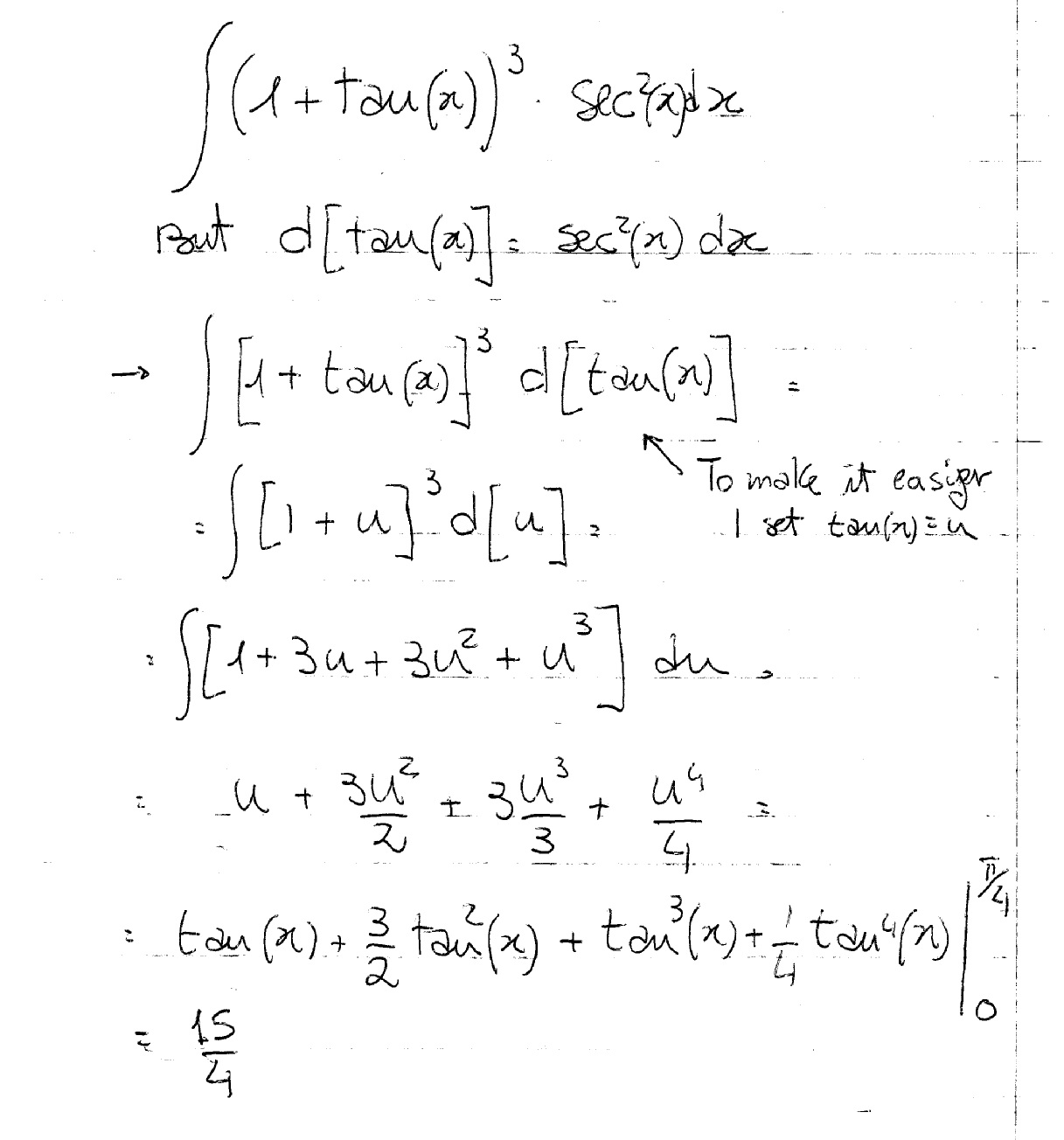


How Do You Evaluate The Integral 1 Tan X 3 Sec 2 X Dx Within The Range 0 Pi 4 Socratic



Integration Of Tan 2 X Sec 2 X Youtube


How To Prove D Dx Tanx Sec 2x Without Using Tanx Sinx Cosx And Instead Use Tan X H Tanx Tanh 1 Tanxtanh Quora
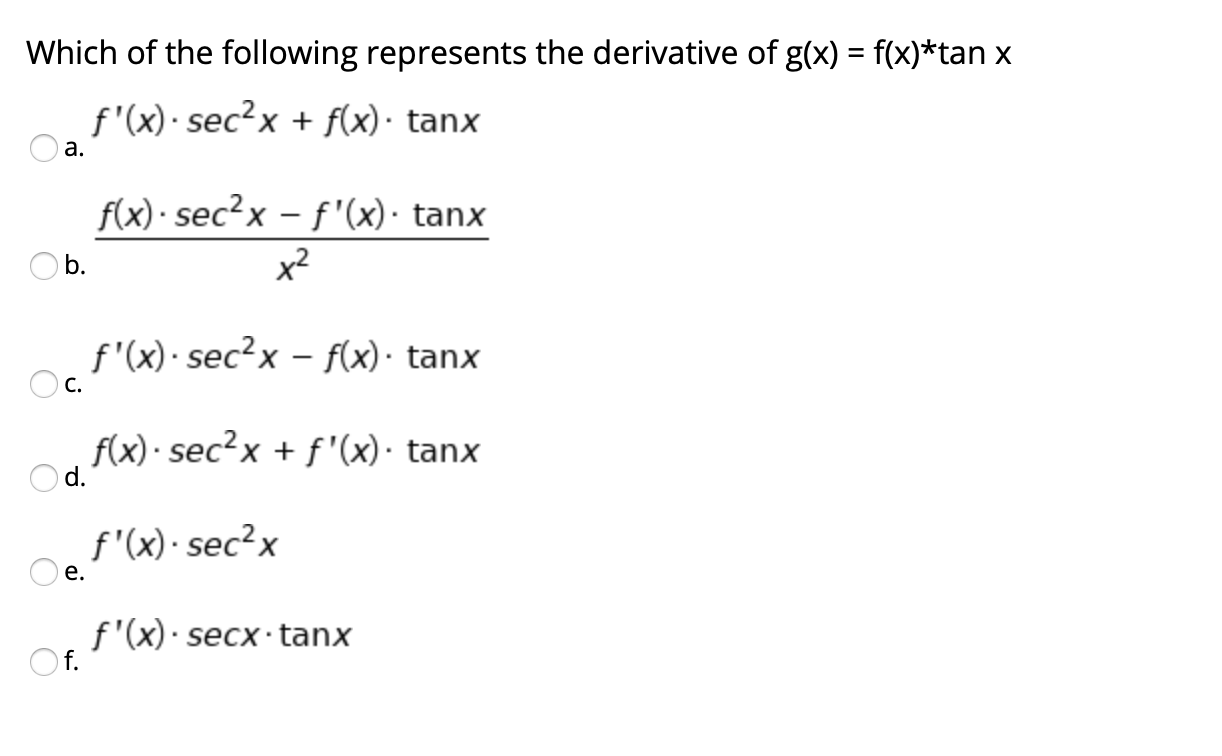


Solved Which Of The Following Represents The Derivative O Chegg Com



0 件のコメント:
コメントを投稿